East Asia – the region with perhaps one of the richest histories and cultures of the world. It is often the place where non-Asians usually think of when “Asia” is mentioned, much to the ire of Asians. So, what is East Asia all about? Which countries are found in this region? These are some of the questions that we will be answering today. Without further ado, let us introduce you to East Asia!
East Asia
East Asia consists of six states and two special administrative regions (SARs) in today’s world. The six countries include Japan, South Korea, North Korea, Taiwan, China, and Mongolia, and the two SARs are Hong Kong and Macau. The region is defined based on the geography, culture, and ethnicity of the people in the area.
Politically, this region has a lot of tension. This is seen especially between North Korea and South Korea and China and Taiwan, who refuse to recognise the sovereignty of one another.
Demographics
Being one of the largest and most populated regions, East Asia is home to 1.6 billion people across 11,840,000 km² of land. This amounts to about 21% of the global population! It is also one of the most economically active regions worldwide, with a GDP of USD 37 trillion.
China has the largest population within East Asia, with more than 1.4 billion residents. Macau has the smallest population, with a little over 600 thousand residents. However, it is the most densely populated territory in the world. Similarly, China has the most significant area with 9,640,000 km² of land, and Macau has the smallest size of 30 km². On population density, Mongolia is one of the least densely populated countries globally, with two residents per km².
Five East Asian countries and territories have HDIs above 0.9 – Japan, South Korea, Taiwan, Hong Kong, and Macau. Hong Kong comes in first, with an HDI of 0.949, ranking Hong Kong 4th globally. The overall HDI of East Asia is 0.856.
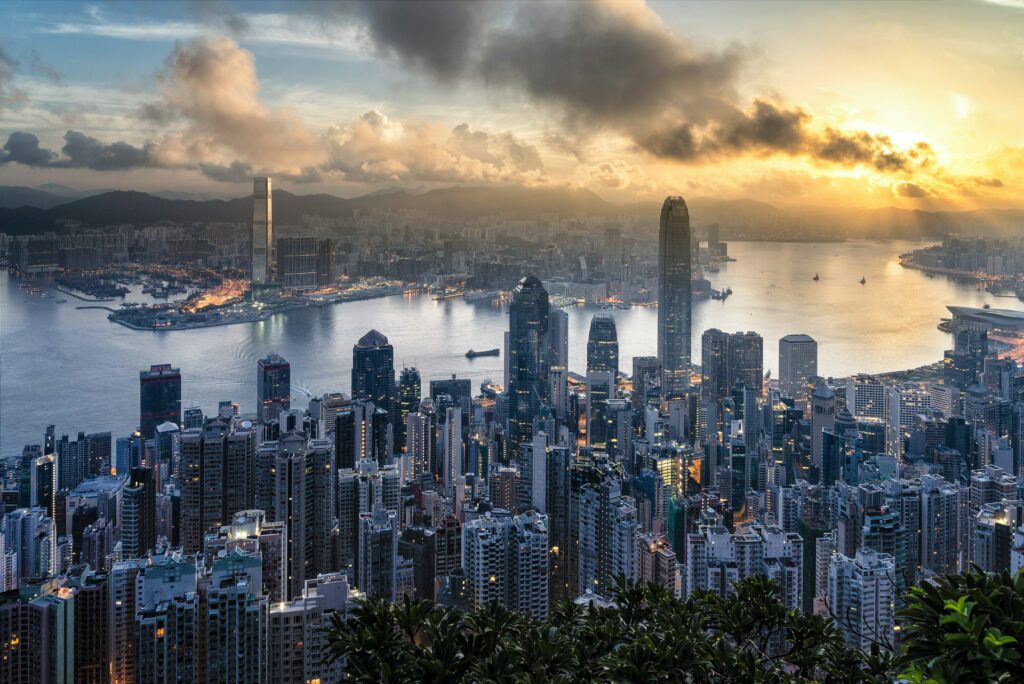
Cultures
China has influenced most East Asian cultures in the past, which is shared in particular with Japanese and Korean cultures. One such example would be the Japanese and Korean languages. Both contain many loanwords from Chinese and used to be written with Chinese characters. However, the Japanese language still retains Chinese characters in the language via Kanji.
Many traditional holidays are shared among East Asian countries. Some of the most significant holidays include the Lunar New Year, Dragon Boat Festival, Hungry Ghost Festival, Mid-Autumn Festival, Double Ninth Festival, and Dongzhi Festival. Most of these festivals are based on the Lunar Calendar, followed by the Chinese and Koreans.
Ethnicities
The largest ethnicity in East Asia is the Han Chinese, with over 1.3 billion people across the region. Han Chinese makes up the majority of the Chinese, Taiwanese, Hong Kong, and Macau people. Outside of East Asia, there are many Han Chinese, with significant populations in Southeast Asia, the US, Canada, and Australia. Singapore is the only country outside East Asia, with Han Chinese comprising over 75% of its population. This includes me as well.
That said, the next largest ethnicity is the Yamato people from Japan. There are over 125 million Yamato people, with most residing in Japan. This is followed by Koreans in South and North Korea, with about 80 million Koreans found in East Asia. Many other ethnicities with smaller populations, such as the Hui, the Uyghurs, the Mongols, the Zhuang, and the Manchus.
Religion
The largest religion in the region is the Chinese folk religion, with about 900 million followers. Another major religion founded in China is Taoism, with about 20 million followers; Taoism was founded about 2,000 years ago and played a significant role in the history of China.
With 300 million followers across most of East Asia, Chinese Buddhism also plays an essential role in the region’s history. This includes its influence on the Baekje Kingdom of Korea and subsequently on Japan during the Asuka period. Other religions have Shintoism and Shindo.
Physical Geography
Major cities
The top ten major cities in East Asia can be found in Japan, South Korea, and China. All of these cities have a population of over ten million. Unsurprisingly, Tōkyō is the most populous city, with over 38 million residents living in the metropolis. The next most populous city would be Seoul, with about 25.5 million residents. In descending order, the following cities are – Shanghai, Beijing, Ōsaka, Chongqing, Guangzhou, Tianjin, Shenzhen, and Chengdu.
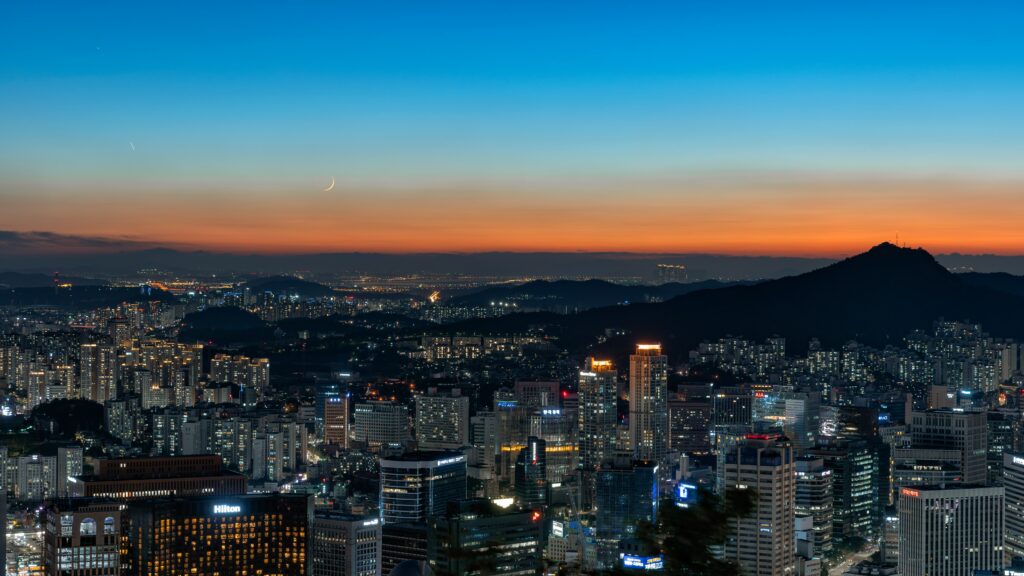
Of course, each country has its major cities. For Taiwan, these are Taipei, New Taipei City, and Kaohsiung. Pyongyang is the largest city in North Korea and Ulaanbaatar in Mongolia. The two SARs are cities on their own, with both Hong Kong and Macau being one of the most densely populated territories in the world.
Landscape
The Himalayas lies between China and Nepal, with the world’s highest mountain, Mount Everest. Of course, this is on the border between East Asia and South Asia, so can Mount Everest be considered East Asian? I leave that for you to decide.
The tallest mountain would be Yu Shan of Taiwan within East Asia, standing at 3,952 m above sea level. After that, Mount Fuji of Japan comes in with a close second at an elevation of 3,776 m.
Climate
Like North America and Europe, East Asia has a temperate climate – cold winters and warm summers. The highest temperature recorded in the region stands at 44.0°C, and this was recorded in Khongkor, Mongolia, back in 1999. Conversely, the lowest temperature recorded in the area stands at -58.0°C, and this was recorded in Genhe, China, relatively recently in 2009.
Transportation
Excluding North Korea, all East Asian countries are highly interconnected. This was seen with many regional flights before the COVID-19 pandemic. Domestically, most countries have developed transportation infrastructure, including roads and rail.
One of the most developed countries in terms of transportation would be Japan. In 2021 alone, three of Japan’s airports made it to the world’s top 10 airports – Haneda Airport, Narita Airport, and Kansai Airport. Japan’s rail infrastructure is also known to be highly efficient and well developed. That said, one of Japan’s most iconic rail infrastructures would be the Shinkansen. Shinkansens are bullet trains operating at a top speed of 320 km/h and have an average delay of 6 s per train. On top of that, nine Japanese cities have a subway system.
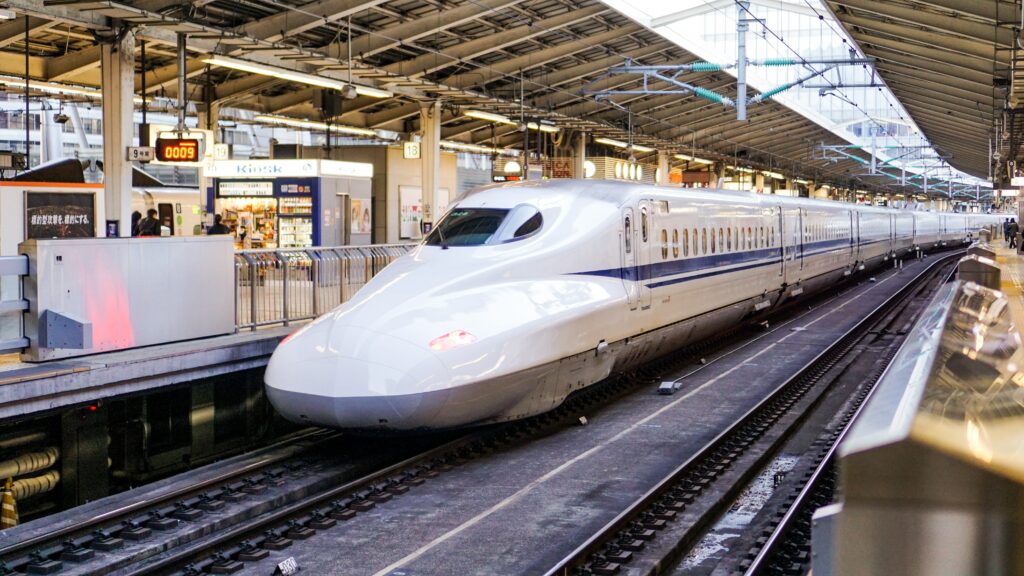
Just slightly behind Japan, six South Korean cities also have subway systems, and Incheon Airport ranks 4th in 2021, which is impressive. South Korea is also the third country worldwide with a maglev train – the Incheon Airport Maglev. This brings us to China’s Shanghai Maglev Train between Pudong Airport and the city. Since China is a large country, it has thirty subway systems and over 146,000 km of rail.
Conclusion
After so much statistics, I am sure that you now have an idea of East Asia. Honestly, even I am stunned at all that facts and information. East Asia is rich in history – China, Japan, and Korea, and there is so much that this region offers, both historically and culturally. That said, I hope that this has sparked an interest in East Asia within you and that you will visit the region after the pandemic. Who knows what kind of adventure awaits you!
Disclaimer: All the above information is accurate at the time of writing. This article was last updated on 3 December 2021.

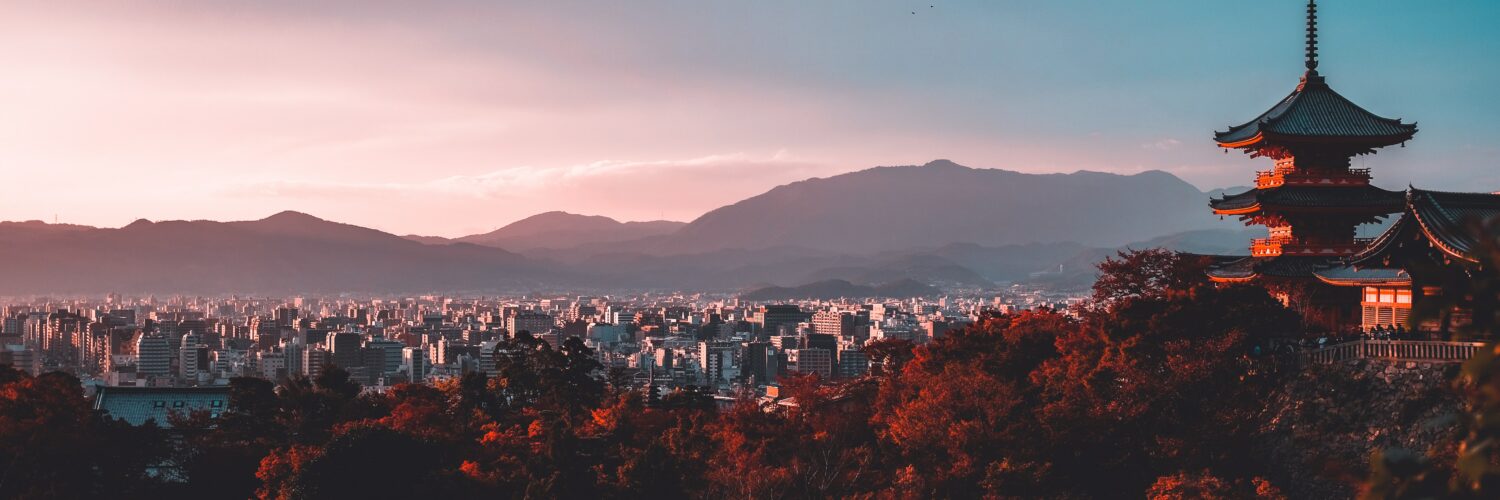


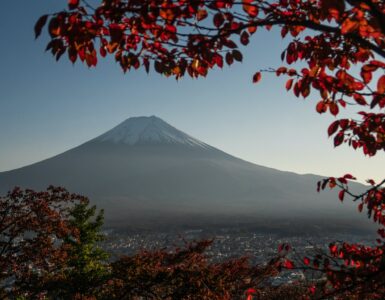
Add comment